| Refresh | This website dynocreative.com/blog/business-strategy/the-secret-to-creative-success-its-not-talent-its-habits/ is currently offline. Cloudflare's Always Online™ shows a snapshot of this web page from the Internet Archive's Wayback Machine. To check for the live version, click Refresh. |
Success doesn’t happen by accident—it’s built on the habits we practice every day. In this blog, you’ll learn how to break old patterns and create new habits that actually support your creative goals.
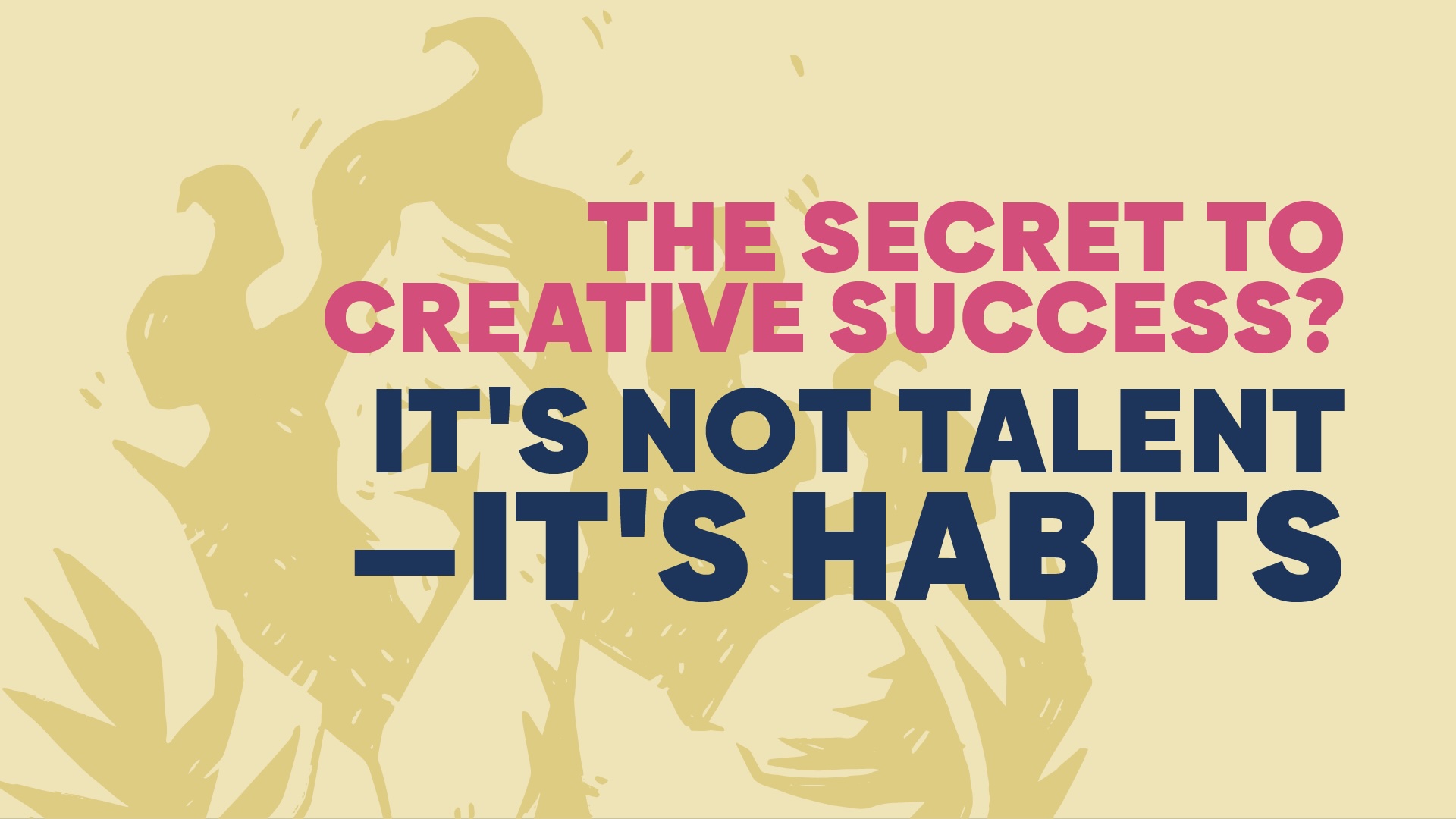
Let’s talk about motivation—because honestly? It’s overrated.
We love the idea of motivation—that magical surge of energy that gets us to finally start a project, hit the gym, or commit to sketching every day. But here’s the problem: motivation is unreliable. One day you wake up feeling like an unstoppable creative machine, and the next, you’re scrolling Instagram, wondering how people have time to make entire short films starring their cats.
I know this struggle firsthand.
This morning, I was supposed to wake up early and get a workout in before starting my day. The night before, I was feeling ambitious. Tomorrow is the day, I told myself. I even set my clothes out like some kind of motivational montage in a sports movie. But when my alarm went off? Nope. The only thing I exercised was my ability to hit snooze… three times.
And that’s the problem with motivation—it disappears the moment things get inconvenient.
This happens in creative work, too. You tell yourself, “I’m going to draw every day,” or “I’m finally going to start posting my work online,” but then? Life happens. You’re tired. The blank canvas feels intimidating. You tell yourself you’ll start tomorrow.
This is why habits matter.
Habits remove the guesswork. They don’t rely on how you feel in the moment. They’re systems that keep you moving forward even on the days when you’d rather do anything else. They’re the reason some artists crank out work consistently while others get stuck in the “I’ll start tomorrow” cycle.
This isn’t about discipline or grinding 24/7. It’s about setting up habits that work for you, not against you. Because if you can train yourself to stop overthinking and just start, the results will come—whether you feel like it or not.
So, if you’re tired of waiting for motivation to show up, let’s talk about how to actually build habits that stick. (And maybe… just maybe… I’ll actually get that workout in tomorrow.)
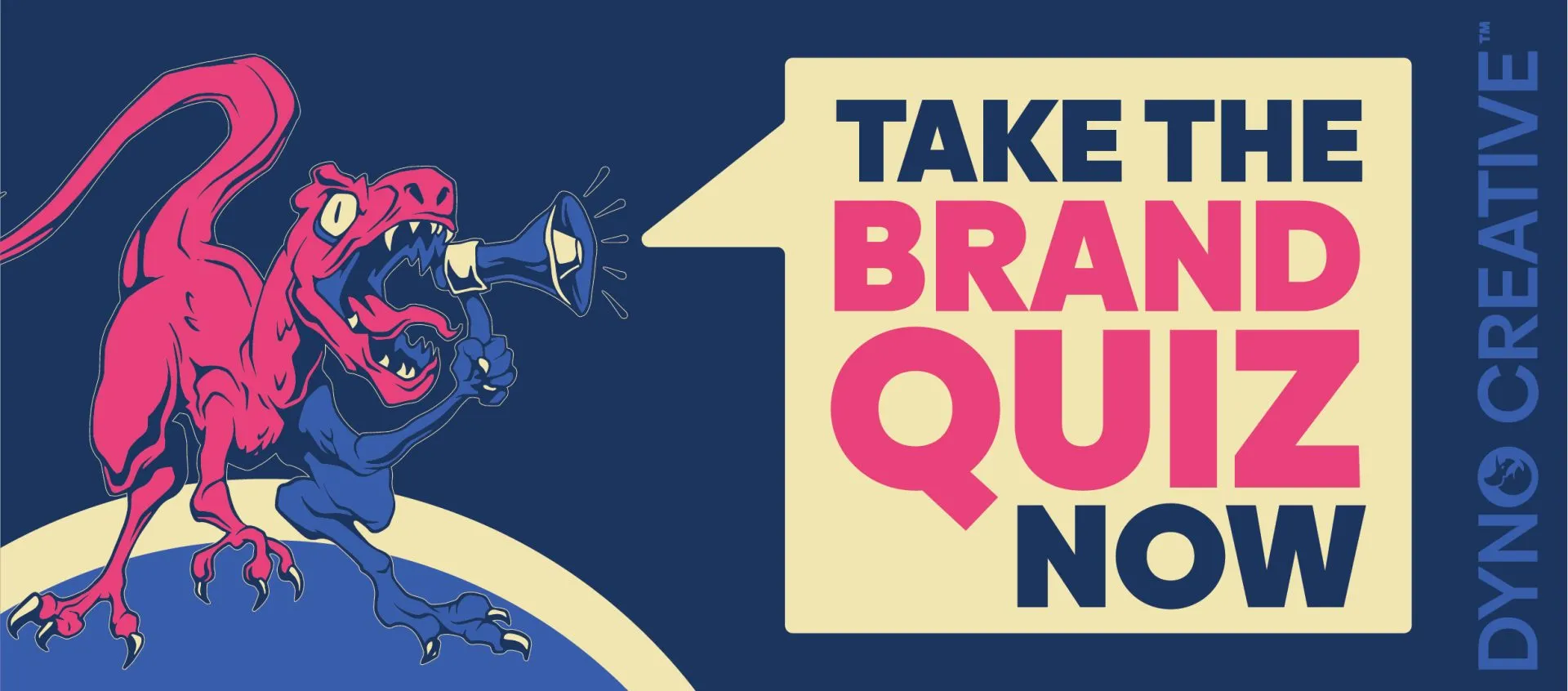

Let’s get one thing straight: habits aren’t good or bad—they just exist.
Your brain is constantly looking for shortcuts, ways to automate behaviors so it can conserve energy. That’s why you don’t have to think about brushing your teeth every morning or why you automatically check your phone when you hear a notification. These aren’t conscious choices—they’re habit loops your brain has locked in.
I used to feel like a paper bag blowing through the wind—no real structure, just reacting to whatever came my way. Some days I was on fire, knocking out projects left and right. Other days? I’d waste hours jumping between half-finished ideas, answering emails, and telling myself that “thinking about work” counted as being productive. (Spoiler: it doesn’t.)
The problem? I didn’t have systems in place. I was just hoping I’d wake up “in the zone” every day. That’s not how habits work.
If you’re drifting, you need anchors—and that’s where habit loops come in.

Every habit—whether it’s a good one (sketching daily) or a bad one (doom-scrolling Instagram)—follows the same four-step loop:
Your brain loves these loops because they make life easier. The problem? It doesn’t care whether the habit is helping you or hurting you—it just follows the pattern.
For example, my dog has trained me better than I’ve trained him. Every time I put my shoes on, he sprints to the door, tail wagging, assuming we’re about to go on a run. And guess what? It works. His excitement makes me feel like I should go, even on days when I don’t feel like it.
That’s how powerful habit cues are. They can push you into action, even when your brain is trying to be lazy.
The trick is learning how to use this system to your advantage.
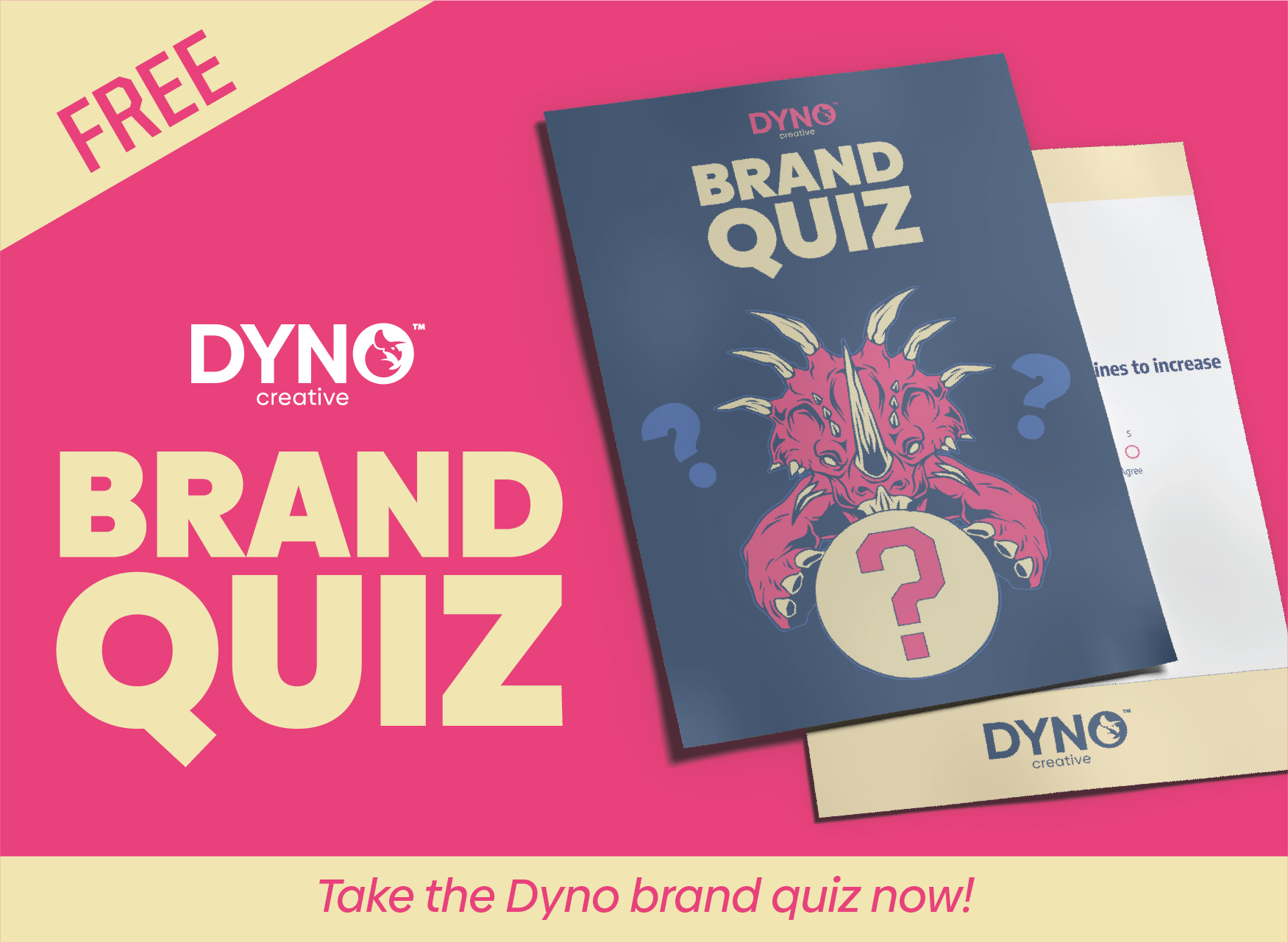
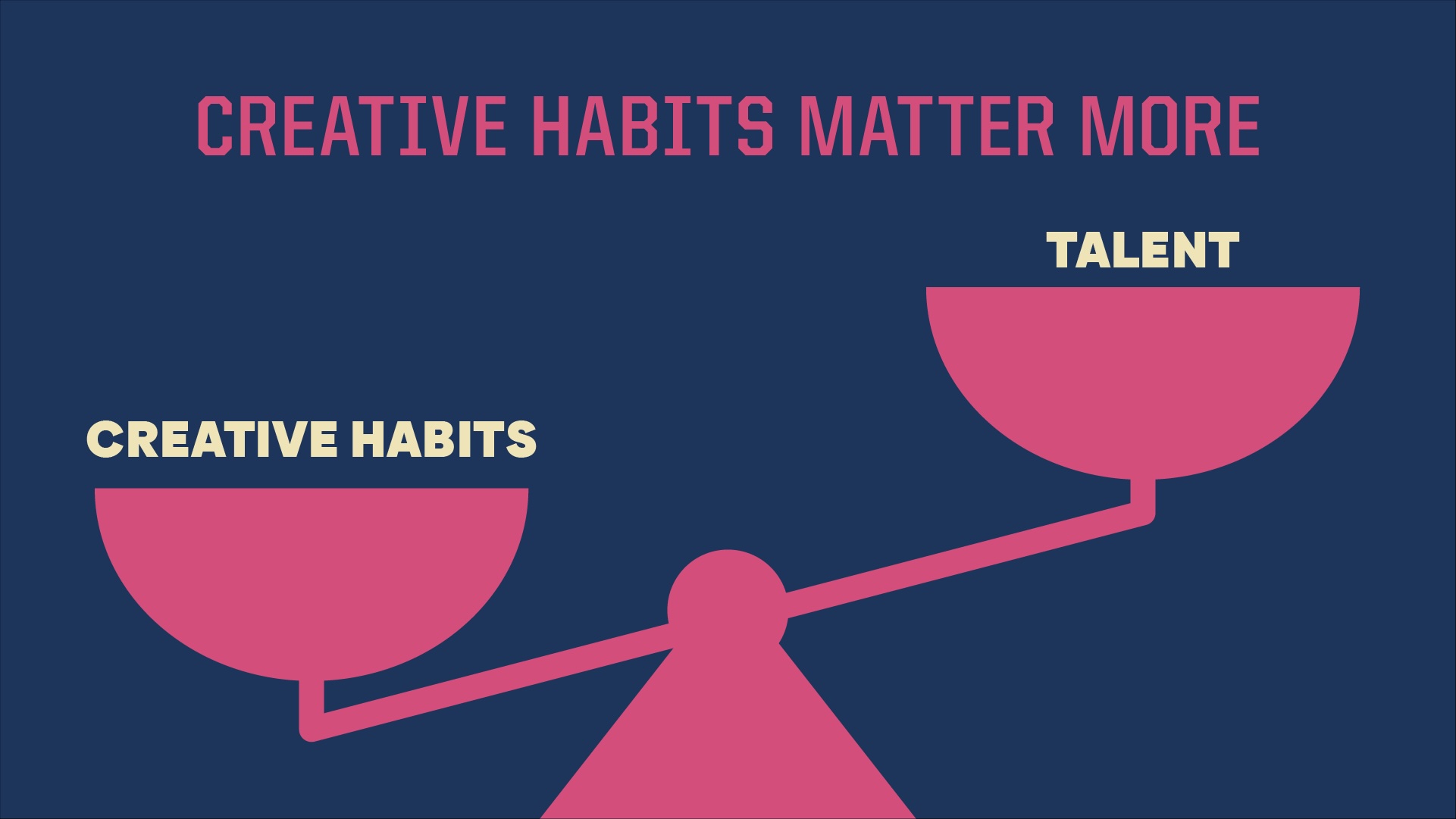
There’s a lie we tell ourselves.
We look at successful artists, designers, and illustrators and assume they have something we don’t—raw talent, an unstoppable work ethic, a divine gift that lets them produce effortlessly. But here’s the truth: talent doesn’t mean a thing without consistency.
If raw talent was all that mattered, every art school prodigy who could draw a perfect portrait at 15 would have a thriving career. But they don’t—because talent only takes you so far. What separates the pros from the amateurs isn’t some magic ability, it’s habits.
The concept artist who always has new work to show? They don’t wait for inspiration—they draw every day.
The freelancer who never panics about money? They have a system for networking, marketing, and securing new clients.
The illustrator with a signature style? They’ve refined it through thousands of sketches over years of consistent work.
And let’s be honest—your early work will suck. That’s not me being mean. That’s the process. You’re supposed to make bad work. The goal isn’t to be great right away; it’s to build the habit of showing up every day, so you can get through the bad work faster.
You ever hear that saying, “You have 10,000 bad drawings inside you. The sooner you get them out, the better”? It’s true.
But the frustrating part? You don’t know how many you’ve gotten through. You don’t get a handy progress bar above your head saying Bad Drawings: 7,432/10,000. You just have to trust that every rough sketch, every failed concept, every client rejection is part of the process.
And that brings us to The Popcorn Effect.

Let’s talk about popcorn.
You throw a bag in the microwave, hit the button, and for what feels like forever, nothing happens. Just silence. The kernels sit there, absorbing heat, but they don’t look any different.
Then suddenly—POP!
A few more seconds—POP! POP!—and before you know it, the bag is exploding with action. What was once just a pile of unpopped kernels is now buttery, delicious greatness.
This is exactly how creative growth works.
You grind away at a skill, and at first, it feels like nothing is happening.
It’s frustrating. You’re sitting in the heat, waiting for something to change.
And then—POP!
One day, it clicks. Your drawings feel smoother, your brand strategy flows effortlessly, your pitches land. It seems like overnight success, but it’s not—it’s just that all those hours of invisible progress finally hit their tipping point.
Early in my career, I struggled hard with branding. I could make things look cool, sure, but actually crafting a cohesive brand system? That was a different beast.
I studied. I experimented. I took on projects that felt way over my head. And still, nothing felt like it was coming together.
Then, one day, while working on a client project, something clicked. I suddenly saw how all the elements fit—story, visuals, messaging. It wasn’t that I learned something new that day. It was that all the work I had put in before finally added up.
POP.
That moment changed everything. It didn’t mean I was done growing (you never are), but it showed me that progress is always happening—even when you can’t see it.

If you’re in the middle of the “I suck, I suck, I suck” phase, don’t quit. Your popcorn is heating up.
You might not see progress right now, but you’re getting closer to that breakthrough.
The people who succeed aren’t necessarily the most talented—they’re the ones who stick with it long enough to hear that first POP.
So, keep showing up. Keep putting in the hours. Trust the process. Your creative breakthrough is coming.
Now let’s talk about how to actually set up the habits that will get you there.
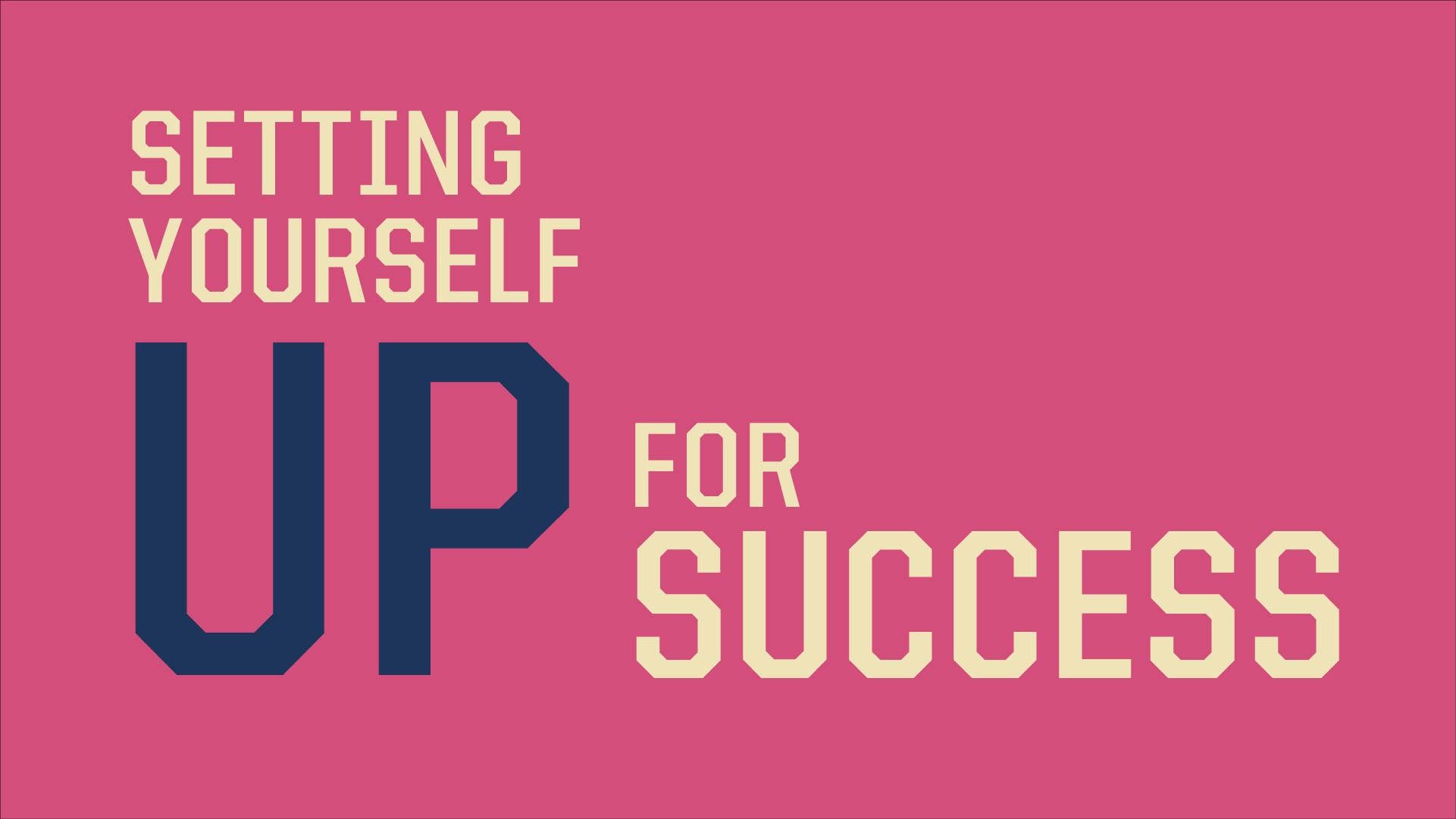
So now that we know habits matter more than talent, and we’ve accepted that progress is slow until it’s not, how do we actually set up habits that help us level up?
Because let’s be real—we’ve all tried to build new habits before and failed.
Maybe you’ve promised yourself you’ll start drawing every day, only to skip one day… then another… until suddenly your sketchbook is collecting dust. Or maybe you’ve sworn you’ll get better at personal branding, but three months later, your portfolio is still “under construction.”
Sound familiar? Yeah. Me too.
Good news: it’s not your fault. Most people fail at building habits because they go about it all wrong. Thankfully, we put together a guide that walks you through how to set positive habits, and break all the bad ones.
Download your Guide to Creative Success today!
Get articles and insights from our monthly newsletter.
By entering your email, you agree to receive Elementor emails,
including marketing emails,
and agree to our Terms & Conditions and Privacy Policy.

Learn about the people who you’d be working with.

In the bustling landscape of the coffee industry, where brands vie for...

Transcend the price race to the bottom and stop trying to compete.

Transcend the price race to the bottom and stop trying to compete.

Join us Saturday at Unsung Brewing Co by the Anaheim Packing District.

Shop New Limited Edition T-Shirts, Prints & More!
Collaborate with a team that shares your passion for design. If you want to discuss a project or chat about design, we're here for you.
Get notified about new articles.